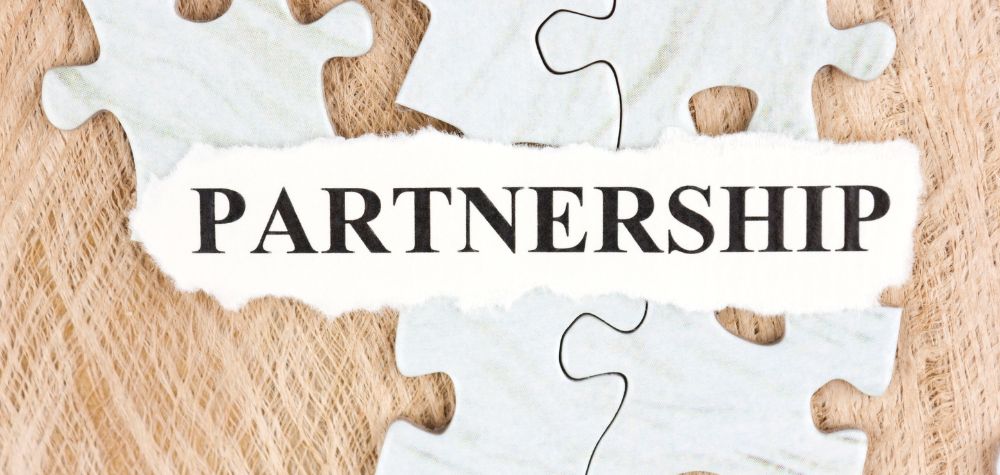If you’re a trustee of a self-managed super fund, some reasons or circumstances could have emerged that may result in you wanting to get out of that fund.
These may be personal circumstances (such as a divorce or another trustee dying), financial reasons (investments not performing as they should or you aren’t taking a pension after retiring) or you simply may not have the time to manage it efficiently anymore.
Whatever the reason, getting out of a self-managed super fund is no easy task. An SMSF cannot simply be placed ‘on hold’ as it were, as an SMSF must be completely closed down (unless members are remaining). You cannot simply take your funds out of the SMSF, especially if it is in the name of multiple trustees.
Getting out of your SMSF can be a complex process, with a lot of paperwork and responsibilities you must ensure are met. Failing to meet those responsibilities as a trustee, even when winding up your SMSF, could lead to financial and legal ramifications (such as penalties and fines).
Though some of the steps for winding up an SMSF might be self-explanatory, ensure you cover your bases by ensuring that the following steps are followed.
Consent Of Trustees Must Be Obtained
As with most decisions that are to do with an SMSF, consent from the fund’s trustees must be obtained in writing at a trustee meeting. A resolution that the SMSF is to be wound up is to be made and all trustees need to agree to it. This must be minuted and signed by all trustees.
After this consent is obtained, the Australian Taxation Office (ATO) must be notified of the fund being wound up within 28 days of the decision being made.
Check Your Trust Deed
This may contain instructions or information pertaining to how your SMSF needs to be wound up and the specific steps that need to be taken. Work Out What Will Happen To Member
Benefits
An SMSF can only be closed when there are no funds available, so any existing monies within the account need to be paid out to members who are able to access their super (if they have met a condition of release) or rolled over to another super fund.
You also need to take into consideration events that may affect other members’ transfer balance accounts (which may need to be reported by the SMSF).
Paying Out The Fund to members
If members are still in the accumulation phase, they need to rollover their funds into another super fund. This can be any kind of super fund – such as industry and retail funds – and doesn’t need to be another SMSF. You also need to take into account if any of the assets within the SMSF will incur Capital Gains Tax if they are sold to fund member benefits payouts.
Appoint An Auditor
Appoint an auditor to complete a final audit of the SMSF before you lodge your final tax return. They must be ASIC approved. The audit will help you to finalise the tax obligations of the fund, including CGT and taxable income received by the fund through investment returns or member contributions.
The ATO will then examine the audited accounts and determine whether there are any final tax obligations or refunds due. Any final tax owed can be paid from funds remaining in the SMSF’s accounts.
Approval By The ATO For The Fund To Close
Finally, the ATO will send you a letter stating that your SMSF’s ABN has been cancelled and your SMSF’s record has been closed on the ATO’s system. This letter confirms that you have met all reporting and tax responsibilities, and you can now close the fund’s bank accounts.
Closing an SMSF is a complex task; you should not attempt to do it alone. Please reach out to a licensed adviser if this is something you are contemplating.









